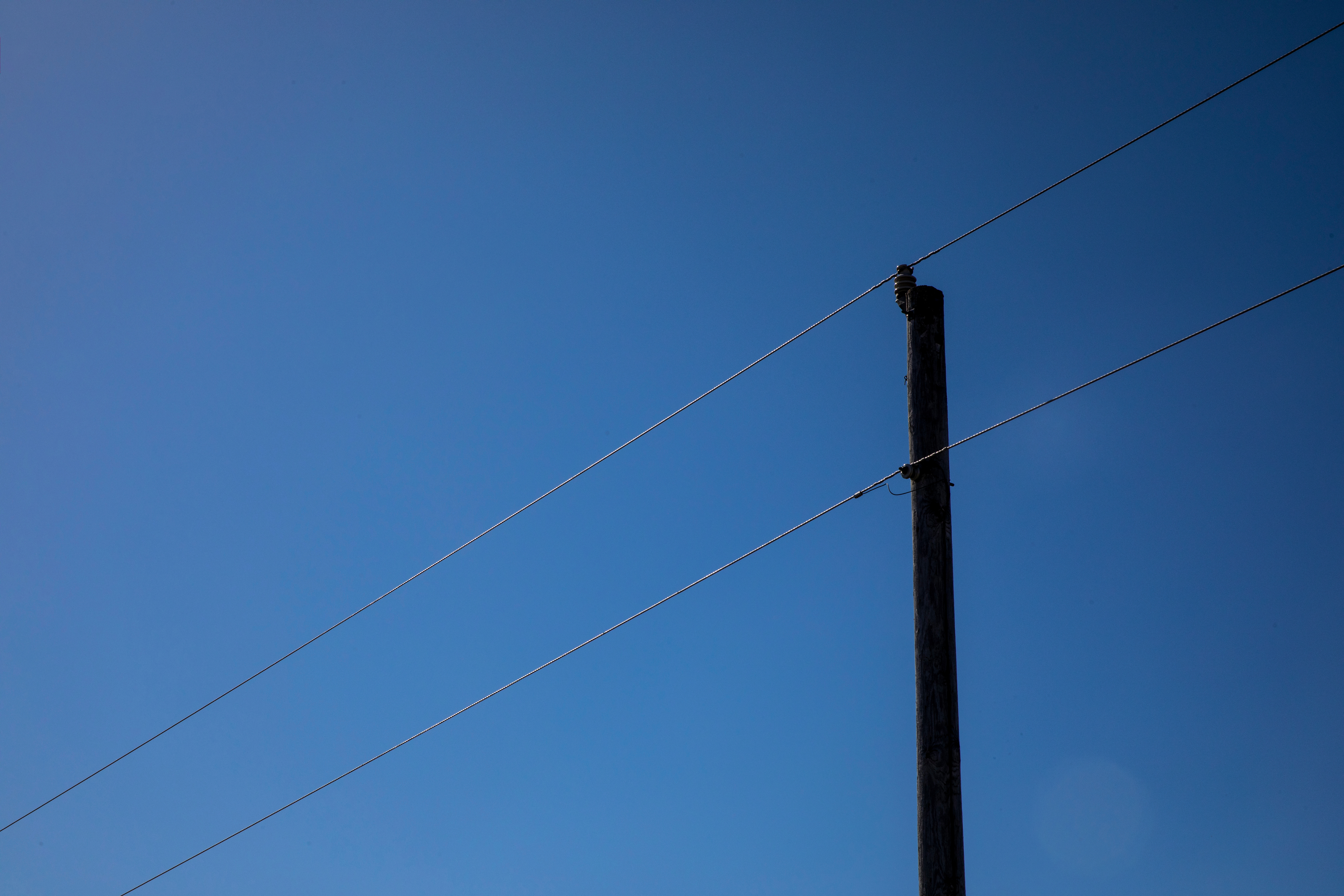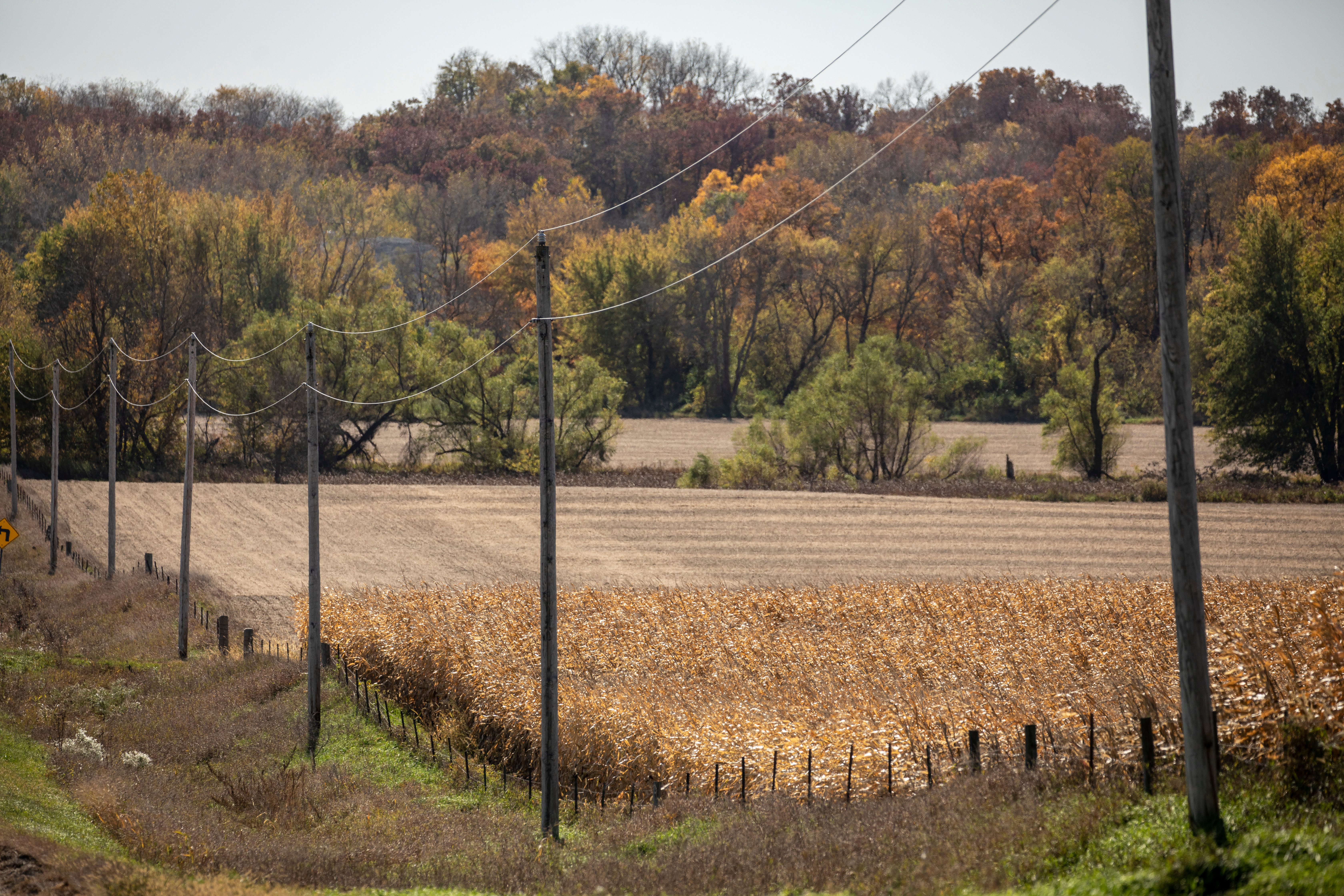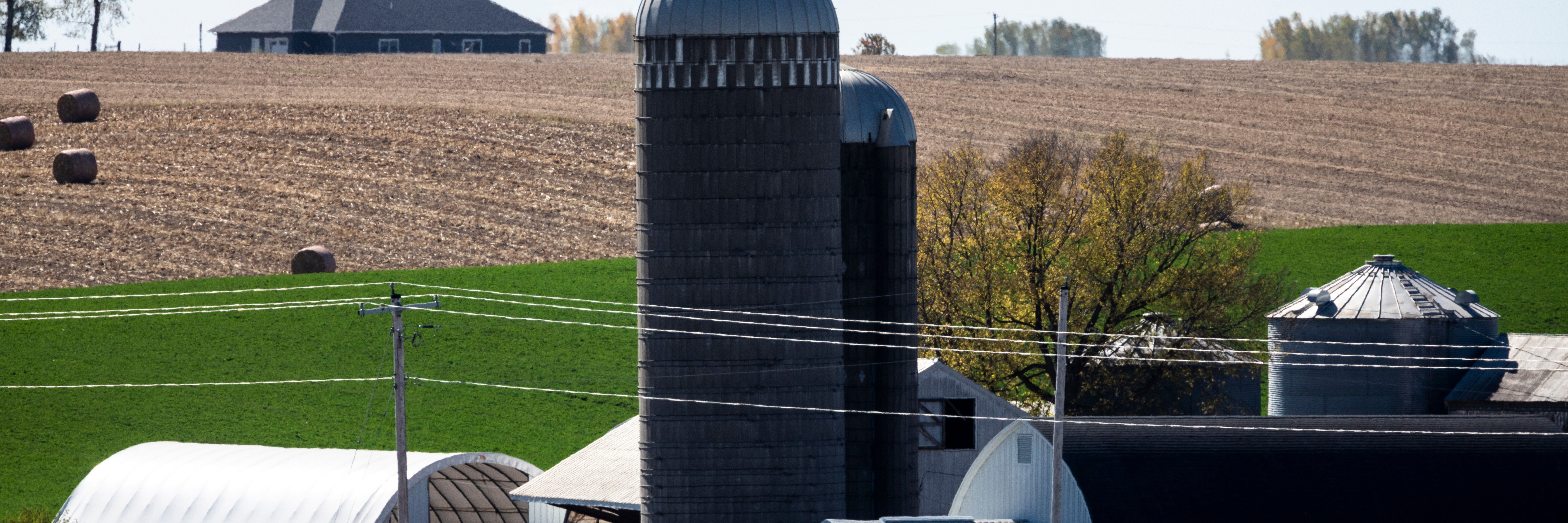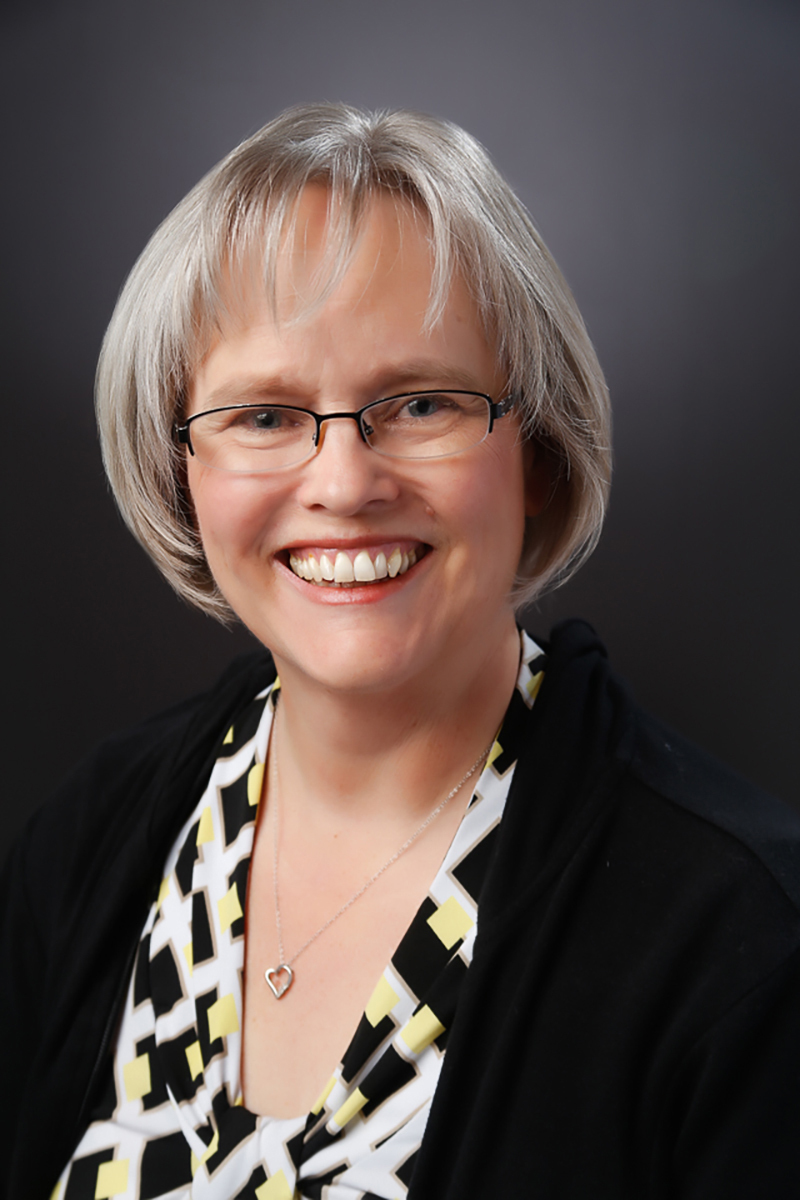Interview by Berit Madsen
As COVID-19 rages through the country, new safety measures and healthcare methods have had to be implemented rapidly on a massive scale. Telehealth, broadly defined as the use of technology to deliver care to patients at a distance, has been one of the most important. While telehealth has existed in the United States for decades now, the recognition of its importance has only increased due to the pandemic. Rootstalk Associate Editor Berit Madsen spoke with Mary DeVany, Associate Director of Great Plains Telehealth Resource and Assistance Center (gpTRAC), which provides assistance to healthcare providers implementing telehealth programs in the Great Plains region, about the changes the industry has seen as a result of COVID-19 and how telehealth helps patients in the rural Midwest in particular.
Rootstalk: How would you define telehealth?
DeVany: Generally, we define telehealth as the umbrella term under which all aspects of virtual care delivery fall. One aspect is telemedicine, which encompasses clinical patient to provider services. These services are often between facilities with a larger health system, or with an urban-based tertiary center supporting care being delivered at a rural hospital or clinic. Another component is remote patient monitoring, which involves helping patients manage their chronic diseases in their home. Virtual care in the home is another component which has also certainly grown over these past several months. This is mostly primary care services or urgent care services where the patient is in their home, on their phone, or in a place of convenience for them. But generally, the term telehealth is defined as providing care at a distance through technology.
Rootstalk: How does telehealth operate within the Great Plains region specifically?
DeVany: The rural areas of our country jumped into telehealth earlier than our urban locations. For example, South Dakota has been involved in telehealth since 1993. At that point, it would have primarily been the hospital to hospital or hospital to clinic types of services where patients who needed an additional level of support from the more urban center. Now, the rural areas often push the envelope around telehealth. Many of the things that are now going on during the pandemic often started in one shape or form in a rural area.
Rootstalk: What are some of the main challenges that affect the Great Plains region?
DeVany: One barrier unique to rural areas is broadband access. Broadband makes telehealth a lot easier and safer because if you’ve got enough bandwidth, you get the full experience. The healthcare facilities have usually accommodated the necessary bandwidth in order to make those calls, but as we stretch out from there, bandwidth and broadband becomes even more critical. Some of the challenges that patients or clients experience as a result of bad connections or small data plans are faulty video and dropped calls. The cost of these connections can be a challenge as well.


Photos by Justin Hayworth
Rootstalk: The Midwest has seen rising case numbers of COVID-19 in the fall compared to the spring, when it was more clustered around the coastal cities, so how has telehealth in the Great Plains been used to respond to this?
DeVany: Telehealth is here to support. Telehealth is not a different kind of medicine, but a tool in the delivery of care that is in the toolbox of providers regardless of where they are. As providers get more comfortable, and as those that haven’t been using telehealth up to this point now continue to utilize it, I think we’ll continue to see telehealth play an important role. For example, how do we keep people distanced appropriately? One way is to not have them come to the clinic if they don’t need to. Some rural clinics incorporated telehealth within their own parking lots. If a patient came for a COVID test, they might have had an iPad or a tablet with which they connected to a provider in the clinic from their car. That way they would not run the risk of contaminating or exposing people.
Rootstalk: What are some of the changing concerns for telehealth providers and for hospitals in rural areas that you’ve seen as a result of COVID-19?
DeVany: Certainly, one of the changes has been getting comfortable and familiar with serving patients at home. Before COVID hit, home-based care was pretty unique. If it was done, it was usually on a platform that was separate from the other telehealth activities. It might have been a doctors-on-demand kind of platform or a commercialized plan through the patient’s insurance carrier. Now, it’s not just the big companies and big insurance carriers who need to figure this out; the critical-access hospitals and primary care clinics truly need to figure out how to support their patients when they can’t or won’t come to the clinic or hospital because of concerns. A lot of learning had to happen really fast on both sides of that connection.
Rootstalk: That leads into my next question: how do patients and medical practitioners feel about telehealth, and have those attitudes changed recently? Is there a difference in opinion between patients and practitioners?
DeVany: Yes, there has always been a bit of a disconnect between the providers and their patients. Until March, providers often perceived that patients would feel disconnected from them and wouldn’t like using telehealth. What they forget sometimes is that while, yes, patients would love to be in person with providers every time, many patients come from a very long distance to see their providers, especially for higher-level specialties. When coming in for a checkup or a follow up that might only take a few minutes, they might have to drive anywhere from two to six hours round trip or more. That becomes a significant hardship for many families, whether it be just the cost and travel time for that appointment or the other family expenses or challenges that might occur. The other component is the economic loss that happens when the patients have to leave their community for those visits. Their medication may not then be provided by the local drugstore or they’ll buy groceries along the way and not in the community in which they live. Some providers believe telehealth is a good thing, but that their patients won’t like it. However, we have seen a 95-98% patient satisfaction on many of the surveys that organizations are taking. If given the choice between seeing a provider in person and doing telehealth, they’ll often pick in person, but once they consider the other components and costs, they’ll pick telehealth. Especially our elderly patients, who aren’t always comfortable going into the big city alone and finding their way around. Now, from COVID going forward, a lot of providers with patients who come in as often as once a week see the value of being able to see and therefore care for their patients regularly even though they aren’t in person.
Rootstalk: Have opinions on using telehealth changed primarily in urban areas, or in both rural and urban areas?
DeVany: I would say both. There are certainly people with challenges getting healthcare in urban settings too, so I don’t want to diminish that. Many of the people in urban locations who had flexibility to get to appointments in person were impacted by the pandemic. Not only did patients not want to come in, but their providers and healthcare clinics told them not to come in except for emergencies due to lack of PPE and other resources. Telehealth is certainly a way to address the needs of the patients, whether they’re urban or rural.
Rootstalk: What are some of the ways in which you think telehealth needs to improve, and how are providers and hospitals addressing these issues?
DeVany: There are multileveled difficulties involving various policy perspectives and understanding that regulatory and reimbursement issues still cause challenges in the state and federal levels of government. I think the other piece is that, from the perspective of a facility, clinic, or hospital, providers need to fully understand the pieces and parts of the in-person experience in order to emulate it as well as possible through the telehealth experience. For example: if the patient must sign a form, how do they do that virtually? How do you collect their insurance card? If a nurse normally checks vitals before the provider comes in, how can that happen virtually? It’s important to understand that it may take some different thinking.
Rootstalk: Mental health is particularly a concern for rural communities, especially now during isolation. Telehealth has been used in the past to help with mental health, so do you think that using telehealth to provide mental health services is going to become more important as well?
DeVany: Behavioral health services and psychiatry services have been one of the largest uses of telemedicine since the beginning. It’s a specialty that works really well through the technology. That being said, there certainly has been a significant growth in mental health service offerings in the last six months. All levels of behavioral health providers either had to figure it out because of the pandemic or now better understand how seeing patients in their home environments could help providers deliver more appropriate care. It’s one thing to come to the clinic and share about your family or home environment; it’s another thing, from a provider’s perspective, to actually be able to see some of that when you’re connected with the client.
Rootstalk: Do you think telehealth is going to be a more permanent staple of healthcare going forward?
DeVany: I do. The use volume went from very small to huge in basically a week, and the organizations that had telehealth already incorporated at some level were miles ahead. They went from prepared to very prepared simply by training their providers. Those that did not have telehealth had a large hurdle to get over. Many organizations did it with guidance from their professional associations or calling us at Great Plains Telehealth Resource Center. I don’t think that it will continue quite at the level it is, because people do prefer in-person in many cases, but I do believe that telehealth usage will remain above where it was. We are seeing more understanding of the flexibility of telehealth. For example, during harvest time, when farmers are getting crops out of the field and not coming to the clinic, there was a farmer in Minnesota who didn’t feel he had time to get off his tractor for a basic appointment. But when he was given the opportunity to connect through his phone from the tractor, he agreed to take a few minutes at the end of the row to talk to his provider and then got back to his harvest without missing his appointment or putting his health at risk. There are also certainly some policy challenges that have now become much more visible to organizations and to our country around licensure and reimbursement that need to be resolved, or at least better defined, as we go forward. But there’s a lot of interest in getting those things addressed more formally as we continue down this road.
Rootstalk: Do you know any more stories about patients in rural areas?

DeVany: Yes, we’ve got a number of those that we could share. Remote Patient Monitoring helps people with chronic diseases better understand how their daily decisions impact their disease by using devices in the home. I worked with a program that was able to walk through this with patients who have diabetes, and some of the things they watch with their patients are weight gain, blood pressure, and blood sugars. One goal is to understand how decisions patients make about what they eat impacts their health. One of the patient stories that somebody shared with me went like this: nurses were visiting a patient and realized that the patient’s weight had gone outside of their approved range, so they called to check on them and asked what the patient had eaten the previous day. The patient said they had a breakfast and a light lunch, so the nurse asked what they had for lunch. The patient said they had fish. Thinking that this didn’t sound too bad, the nurse asked what kind. “Sardines,” said the patient. Sardines, of course, have a lot of salt, so the nurse asked the patient how many servings they’d had and what the serving size was. The patient said they’d had one serving but couldn’t remember the serving size. The nurse asked the patient to look at the can, and since the patient was at home, they could retrieve it. The nurse then asked the patient to check the nutritional information. “How many servings are in that can?” she asked.
“Four,” said the patient, shocked. The patient then looked at the sodium content and said, “Oh my gosh, I’ve eaten the sodium content for my next week all in one meal!”
They may have never thought to look at the can had they not had that connection with that nurse through that remote patient monitoring program.
There’s another story I like to talk about because it’s a little funny. One program used a different kind of remote monitoring. They used home sensors that could identify falls, bathroom usage, going in and out of rooms, whether the patients were opening their refrigerator doors enough to be eating, and stuff like that. The activities can’t be seen; when the patient goes into a room, the sensor simply identifies that they’re in the room. The patients all consent to being monitored. In this story, let’s call the patient George. George was elderly, but he was doing great. Over the course of a few days, the nurse noticed that George was spending a lot more time in the bathroom. The nurse asked if George was feeling okay, and he said he felt fine. She monitored for another few weeks and he was still in the bathroom a lot, sometimes for hours. Finally, she said, “George, your increased time in the bathroom is really concerning.”
He burst out laughing and said, “Oh my gosh, I am painting in the bathroom because it’s got the best light!”
He had taken his easel and set it up in the bathroom, so that’s why he was spending so much time in there!
However, he indicated that he was thankful to know that they were watching and really paying attention to what’s going on. He had an increased sense of security and his family did as well.
Rootstalk: Do you think that despite it being through video and not in person, telehealth can lead to even more of a connection between patients and their providers?
DeVany: I do. Whether it be from an audio and video connection, remote monitoring, improving the education of patients around their disease, or just maintaining regular communications, it has become an expectation from patients now. They understand what the technology can do. They’ve likely used it these last 6-9 months and they’re not going to let it go away. They understand the convenience, certainly, but also its value to them as a patient, and I believe the providers have understood the value as well. So yes, I think it will continue to be an important part of the healthcare picture going forward.


